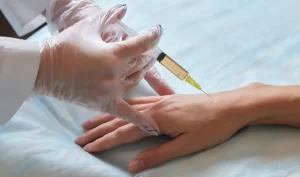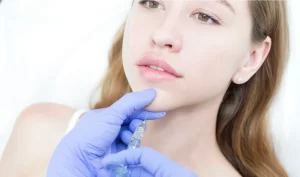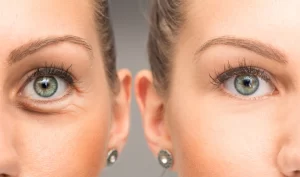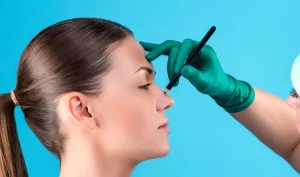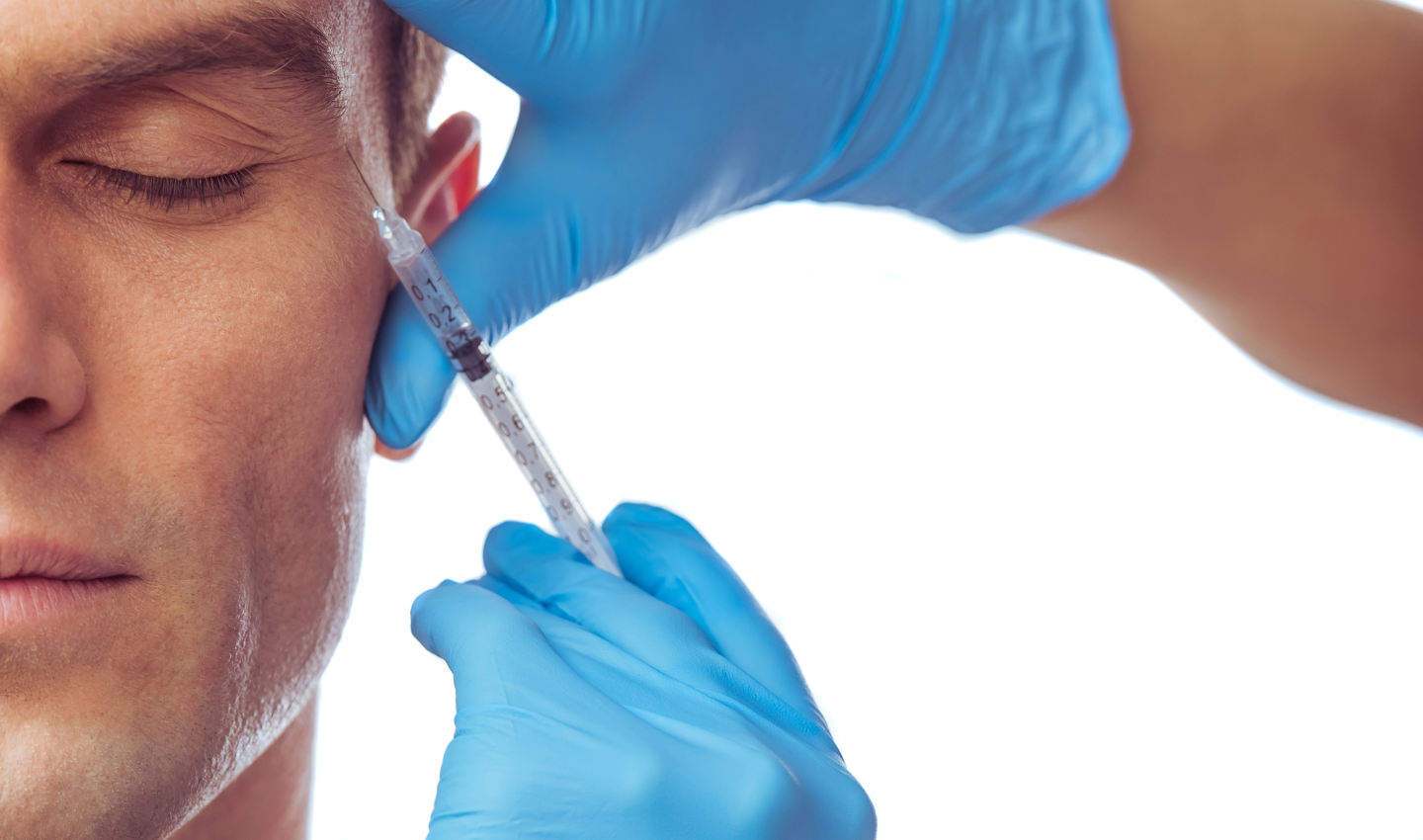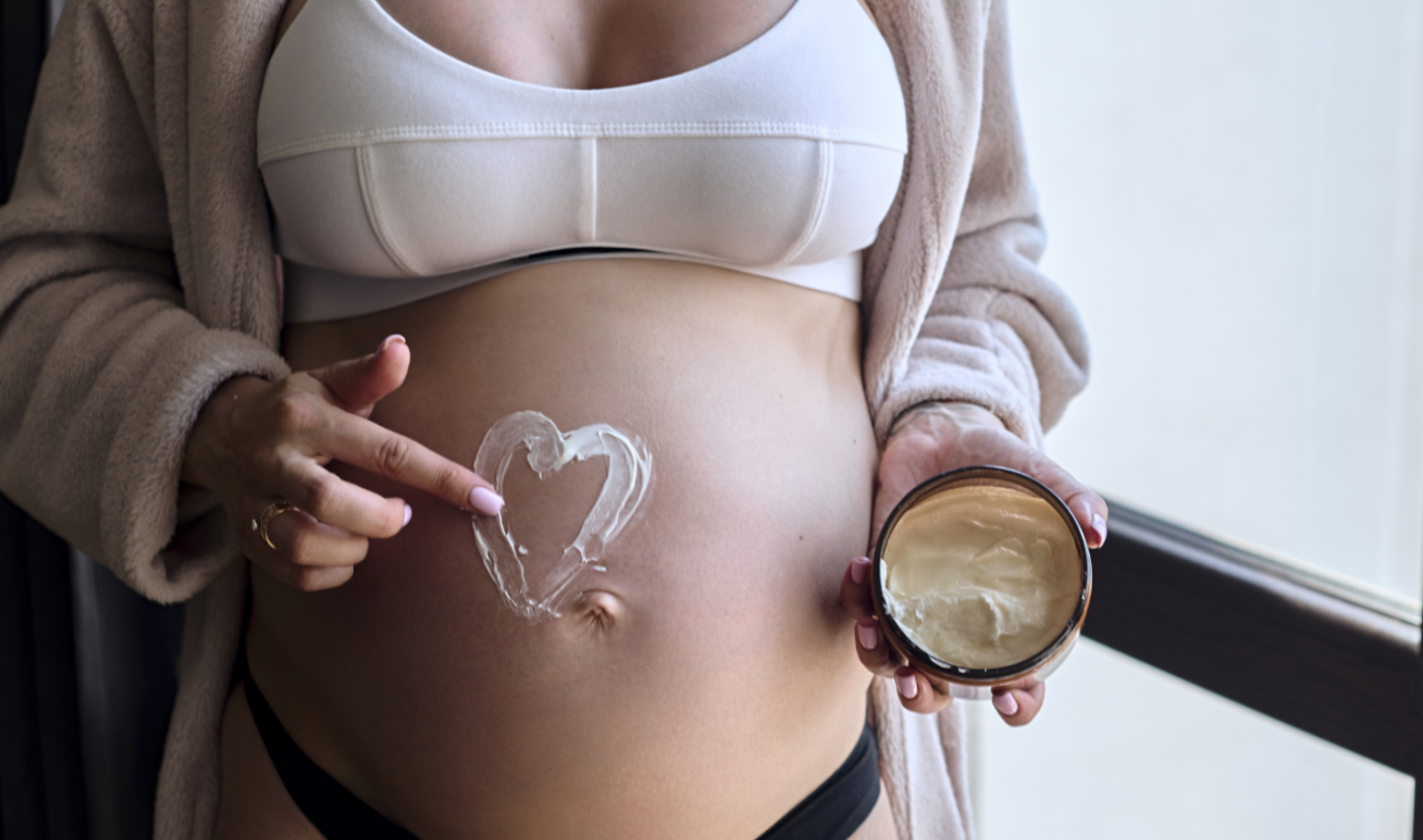Who should Try Kybella for V-Shaped Face Beautification
Many adults can consider Kybella as a viable option for achieving a V-shaped face. Here are the key patient profiles that can benefit from Kybella:
Adults with Moderate to Severe Submental Fat
Kybella is particularly suitable for adults who struggle with moderate to severe submental fat, commonly referred to as a double chin. This non-surgical injectable treatment specifically targets and eliminates the excess fat beneath the chin, helping to sculpt the jawline and enhance the overall facial appearance.
Adults Seeking a Non-Surgical Solution
For those who prefer a non-surgical approach to enhance the chin and jawline, Kybella offers an appealing option. By using deoxycholic acid, Kybella effectively destroys fat cells, providing a non-invasive alternative to traditional surgical procedures. This makes it an attractive choice for individuals who wish to avoid the risks and downtime associated with surgery.
Adults Willing to Invest Time for Optimal Results
Achieving the desired V-shaped face with Kybella may require several treatment sessions. Patients who are willing to be patient and understand that optimal results may take time to manifest will find Kybella to be a suitable choice. Results gradually improve with each treatment, allowing for a natural transformation of the facial contour over time.
Adults in Good Overall Health
To ensure the safety and effectiveness of Kybella treatment, it is important for patients to be in good overall health. Individuals without any underlying medical conditions that would contraindicate the use of Kybella can be considered suitable candidates for this procedure. It is always recommended to undergo a thorough medical evaluation before proceeding with any cosmetic treatment.
Patients Who Are Not Good Candidates for Kybella:
While Kybella is a versatile treatment, certain individuals may not be suitable candidates due to specific circumstances. Here are the patient profiles that should avoid Kybella treatment:
Pregnant or Breastfeeding Women
As a precautionary measure, pregnant or breastfeeding women should refrain from undergoing Kybella treatment. It is crucial to prioritize the well-being of both the mother and child during these periods.
People with Active Infections in the Treatment Area
If there are active infections, such as skin infections or open wounds, in the treatment area, it is advisable to postpone Kybella treatment until the infection has resolved. This ensures the safety and effectiveness of the procedure.
People with Bleeding Disorders
Individuals with bleeding disorders, such as hemophilia or a history of excessive bleeding, should avoid Kybella treatment due to the potential complications related to bleeding and bruising.
People with Allergies to Deoxycholic Acid or Other Kybella Ingredients
Patientswho have known allergies to deoxycholic acid or any other ingredients present in Kybella should not undergo the treatment. Allergic reactions can lead to adverse effects and compromise the safety of the procedure.
People with Certain Medical Conditions
Individuals with specific medical conditions, such as nerve disorders or heart disease, should be cautious when considering Kybella treatment. These conditions may increase the risk of complications or impact the overall safety of the procedure. A thorough evaluation by a qualified healthcare professional is essential to determine the suitability of Kybella in such cases.
If you are considering Kybella for achieving a V-shaped face, it is crucial to consult with a knowledgeable healthcare provider or cosmetic professional. They will assess your individual needs, medical history, and potential risks to determine if you are a suitable candidate for Kybella treatment. This personalized approach ensures that you make an informed decision and receive the most appropriate care for your unique circumstances.
